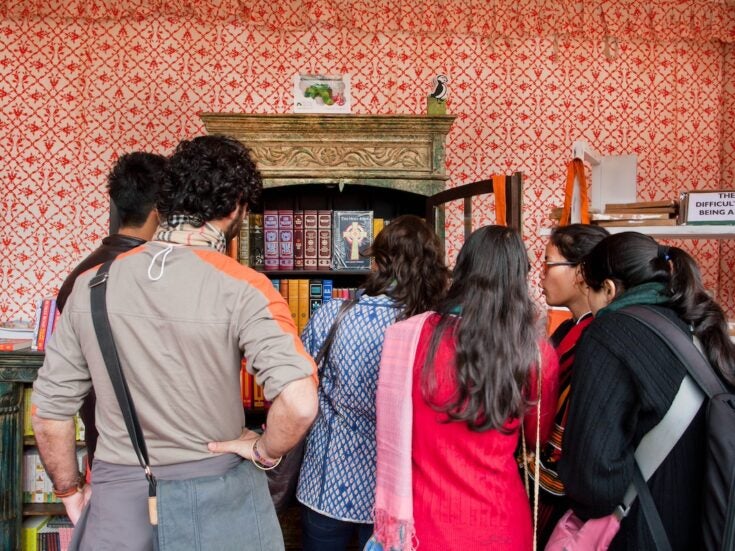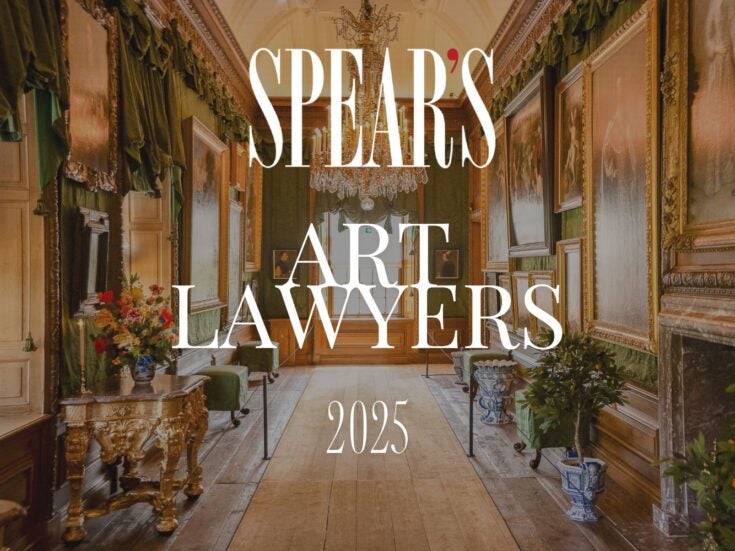
by Margaret Kemp
We all have favourite museums which, although not visited frequently, deliver the spiritual right stuff, say, in times of, happiness, stress, self-doubt or, simply to fill a free afternoon in a city. Mine are the V & A, London and the left-bank Musée d’Orsay, Paris. I was delighted when, after two years of major “travaux”, costing 20 million euros, the museum re-opened, with an exhibiton in collaboration with the V & A, “Beauté, Morale et Volupté dans l’Angleterre d’Oscar Wilde”.
The powers that be at the museum are very proud of the fact that it was, more or less, business as usual, during the renovations. Some major pieces were loaned to museums as far afield as Tokyo, Madrid and San Francisco. On completion of the transformations Orsay “re-opened” and closed immediately due to a strike of museum workers protesting future staff cuts. AFP reported there are three unions involved calling for a renewable strike which can be extended by vote “as long as worker’s objectives are not met”. Sound familiar?
The handsome Belle Epoque Musée D’Orsay, originally Gare d’Orsay Railway Station, was constructed for the 1900 Exposition Universelle, by architects Lucien Magen, Emile Bénard and Victor Laloux. Outisde five handsome sculptures, created for the event, still sit in an elegant line. Orsay was the terminus for all trains from south-west France until 1939. Subsequently Orsay was used for suburban train services then as a mailing centre during WW11. Parts of Kafka’s The Trial, adapted by Orson Welles, were filmed there, it was also used as a theatre and an auction house. Today RER Line C takes you right under the museum, listed “Monument Historique” since 1978.
The concept of the museum showcases mostly French art, sculptures, furniture and photography dating from 1848-1915. It is probably best known for the world’s most extensive collection of impressionist and post-impressionist works by the likes of, Manet, Monet, Degas, Seurat, Cezanne, Gauguin and Van Gogh. Many of these works were displayed at the Galerie Nationale du Jeu de Paume before the museum’s opening in 1986.
The first transformation from station to musuem, turning travellers into museum visitors, was created by Italian architect Gae Aulenti who gave the interior of the Burgundy stone building cold clean lines. The recent re-launch orchestrated by the Museum’s Director, Guy Cogeval, architects Dominique Brard and Jean-Michel Wilmotte, who re-worked the fifth floor, reveal a vibrant, completely renovated Impressionist Gallery, a new temporary Exhibition Gallery and five spacious floors devoted to the decorative arts.
It’s understandable to rush up to Level 5 and the Impressionist Gallery, and gaze in awe at Manet’s “Le Dejeuner sur l’Herbe”. The redesigned layout and installation enhance Orsay’s landmark paintings, daring dark antharcite grey walls the perfect backdrop for the works of art. Not only “Dejeuner” there’s Manet’s Gare d’Orsay and rue Montorgueil, Sisley’s Snow at Louveciennes, Renoir’s “Bal du Moulin de la Galette” and Monet’s “La Femme à L’Ombrelle”. It’s awesome! Interior architect Jean-Michel Wilmotte has achieved an artful balance between natural daylight which pours in through the windows, and artificial light. Magical! From these windows, on a clear day, you see across the Seine to Montmartre.
At the end of the Impressionist Gallery the former Café de l’Horloge, with it’s outsize station clock, is now re-named Café Campana, after the Brazilian brothers who designed the space. Fernando and Humberto have created a provocative jumble of orange twisted barbed wire fencing, sea-anemone chairs, by Edra, the focal point being the magnificent clock. Chef Yann Landureau says he’ll create dishes to match exhibitions, but it’s early days.
Reach the Pavilion Amont via the new walkway. It’s a 27,000 square foot space, formerly unused, in the north-east section of the museum. Re-created by urban architects ‘Atelier de l’Ile, it is now dedicated to Modern decorative arts from 1905-1914. Art Nouveau from Central Europe, Northern Europe and Scandinavia
Meanwhile, back on the first level, don’t ignore the transparent floor maquette “Quartier de l’Opera”, created between 1984-1986 by L’Atelier Remi Munier. “The public can now enjoy better viewing conditions, made possible by more flexibe layouts that can be adapted to the spaces and the collections”, commented Guy Cogeval.
Twenty-five years after it opened, the Musée d’Orsay is still buzzing with excitement. The old station still has the charm and excitement of going somewhere – this time it’s not to Orléans, it’s a journey into the wonderful world of art.
Musée d’Orsay, 1 rue de la Légion d’Honneur, 75007
T: + 33 (1) 40 49 48 14
Tarif: 8€ – Free first Sunday of each month
Shut: Monday







